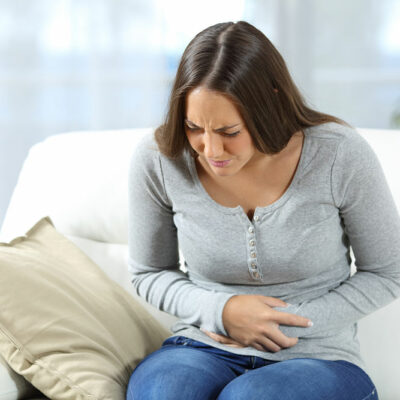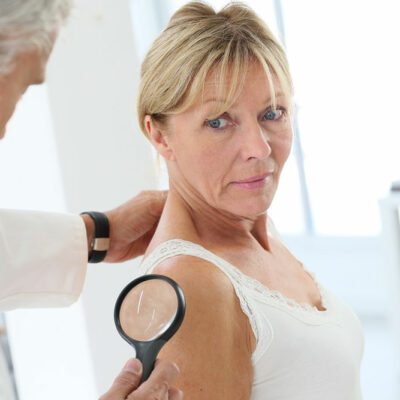
Different types of treatments for vaginal atrophy
Different types of treatments used for vaginal atrophy
Atrophic vaginitis or vaginal atrophy is a condition in which the walls of the vagina turn dry, thin, and are inflamed. Approximately 10% to 40% of women experience this condition. This usually happens after menopause, when the estrogen levels in a woman’s body fall drastically. However, it can also affect women after childbirth or while they are on anti-estrogen medications.
Vaginal atrophy is characterized by symptoms such as vaginal dryness, runny discharge that is gray or yellow, thinning of the labia, pale labia, pain during sexual intercourse, and recurrent urinary tract infections.
Treating vaginal atrophy
To diagnose atrophic vaginitis, the gynecologist will order for a pelvic exam, a urine, and an acid balance test. If the test results are positive for atrophic vaginitis, the doctor will recommend the following treatments.
One will be prescribed the following over-the-counter solutions at the beginning of the treatment.
Water-based lubricants
For reducing pain and discomfort while having intercourse, the woman can use a water-based lubricant. One should ideally pick products that don’t have glycerin as it can cause burning and tenderness. Likewise, women should avoid using petroleum-based products such as petroleum jelly if they are also using condoms. This is because it can tear the latex apart.
Vaginal moisturizers
To restore the moisture in the vaginal area, the patient will have to use a vaginal cream every 2 days. However, moisturizers comparatively have better effects than lubricants.
If the symptoms of vaginal atrophy don’t improve with the help of OTC treatments, the gynecologist will prescribe estrogen-based prescription medications.
Systemic estrogen therapy
The doctor will recommend the atrophic vaginitis patient to take estrogen pills or a higher dose of estrogen in the form of gels, patches, or estrogen rings. Along with the estrogen hormone, the doctor will also prescribe progestin pills, although women who have had hysterectomy don’t need to take progestin pills.
Topical estrogen treatment
Topical estrogen therapy for atrophic vaginitis can be administered in three different forms. All the options are equally effective. What one uses completely depends on their personal preferences and the doctor’s recommendations:
- Estrogen cream
The vaginal estrogen cream needs to be directly spread inside the vagina with the help of an applicator, typically before going to bed. In most cases, women suffering from vaginal atrophy use it for 1 to 3 weeks on a daily basis. These can offer quick relief; however, they can get a bit messy to use. - Estrogen ring
The doctor will implant a flexible, soft ring in the upper area of the vagina. This ring will then release a precise estrogen dose in the vagina. Since it requires to be changed every 3 months, several women might opt for this alternative as it renders more convenience and is not messy like creams. - Estrogen tablet
A type of suppository, an estrogen tablet is placed inside the vagina with the help of a disposable applicator. In the initial stages of the treatment, the estrogen tablet will be prescribed for everyday use. As the condition improves, the frequency of the estrogen dose will be lowered.
Tag – Atrophic Vaginitis


